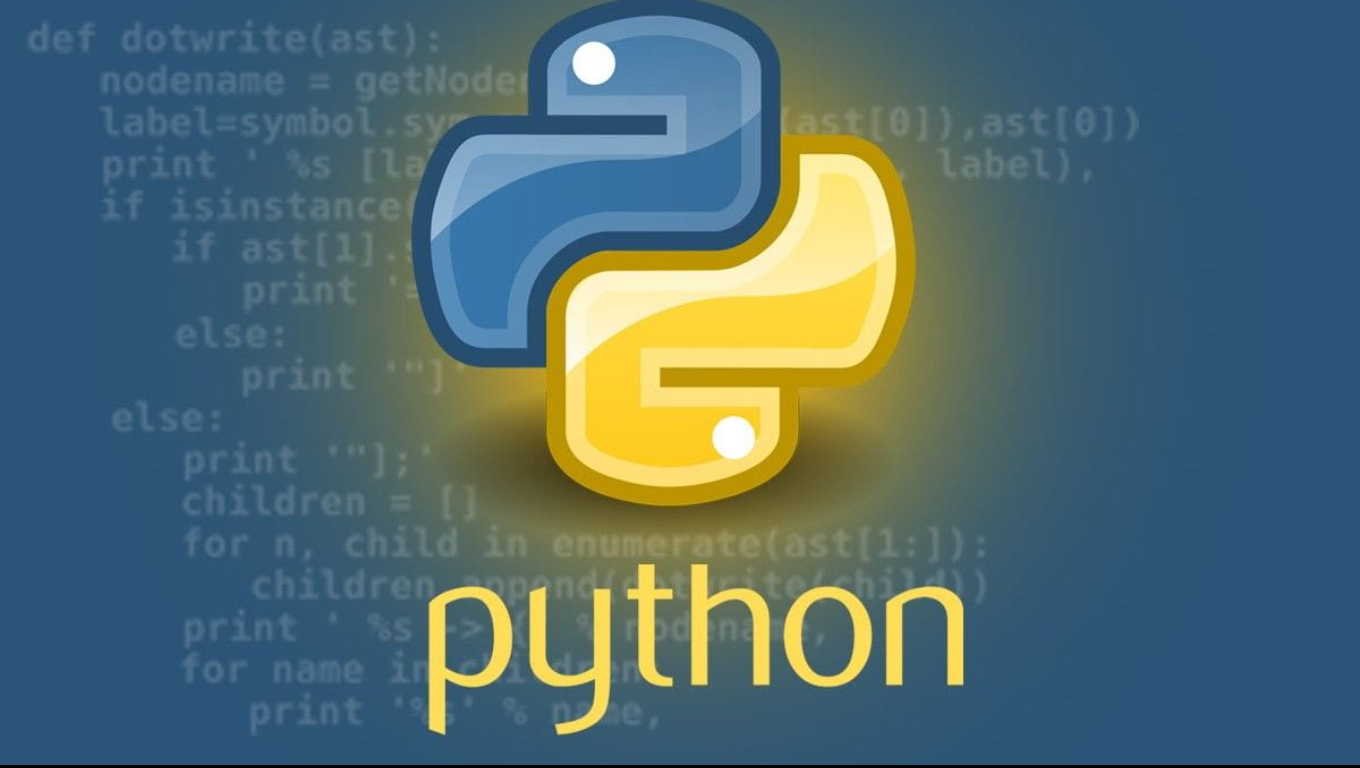In the dynamic world of web development, innovations come and go, but some transformative technologies leave a lasting legacy, redefining the landscape. Node.js is one such groundbreaking technology. Conceived out of a need for more efficient, scalable, and real-time applications, Node.js has evolved from a novel concept to a cornerstone of modern web development. This article delves deeply into what Node.js is, its history, architecture, benefits, use cases, and its vibrant ecosystem, offering a comprehensive understanding of why it has become a beloved tool for developers around the globe.
Contents
Node.js: Revolutionizing Web Development with a Heartbeat
The Birth of Node.js: A Journey of Innovation.
Node.js in 2024: A Perspective On Its Applicability in the Modern Technology Landscape.
Full-Stack JavaScript Advantage.
Real-Time and IoT Applications.
Microservices and Serverless Architectures.
Integration with Modern Technologies.
Challenges and Considerations.
The Magic of Event-Driven, Non-Blocking I/O..
Node.js in Action: Real-World Use Cases.
The Heartbeat of Node.js: Frameworks and Libraries.
Challenges and Considerations.
The Vibrant Node.js Community: A Culture of Collaboration.
Node.js Foundation and OpenJS Foundation.
The Future of Node.js: A Bright Horizon.
Conclusion: A Bright Future Ahead.
The Birth of Node.js: A Journey of Innovation
Node.js was created by Ryan Dahl in 2009, a period when server-side JavaScript was almost unthinkable. Dahl was driven by the desire to address inefficiencies in web server processes, particularly those observed in the Apache HTTP server, which was the dominant server technology at the time. The challenge was to handle multiple connections concurrently without overwhelming system resources.
Dahl built Node.js on the V8 JavaScript engine, developed by Google for its Chrome browser. V8 compiles JavaScript directly to machine code, offering exceptional speed. This foundation allowed Node.js to execute JavaScript on the server side with unprecedented efficiency. Despite initial skepticism, the developer community quickly recognized its potential, and Node.js began its ascent.
Node.js in 2024: A Perspective On Its Applicability in the Modern Technology Landscape
As we navigate through 2024, the technology landscape continues to evolve at a rapid pace. Innovations in artificial intelligence, blockchain, edge computing, and other cutting-edge fields are reshaping how we build and interact with software. Amidst this dynamic environment, Node.js stands tall, not just as a robust framework from the past, but as a critical tool with continued relevance and applicability. Here are my thoughts on why Node.js remains a compelling choice for developers today.
Staying Power and Evolution
First and foremost, Node.js has demonstrated remarkable staying power. Since its inception in 2009, it has weathered many changes in the tech world and has evolved to meet new challenges. The continued updates and enhancements by the OpenJS Foundation ensure that Node.js remains current with the latest technological trends. Features like worker threads for handling CPU-bound tasks and improvements in performance through the latest V8 engine optimizations have kept Node.js at the forefront of efficient, scalable server-side development.
Versatility and Ecosystem
One of the most appealing aspects of Node.js is its versatility. Whether you’re developing a web server, an API, or a real-time application, Node.js provides a robust platform to get the job done efficiently. The extensive ecosystem, powered by npm, is a goldmine for developers. With over a million packages available, developers can find modules for virtually any functionality they need, accelerating development and reducing the need to reinvent the wheel.
Full-Stack JavaScript Advantage
In 2024, the demand for full-stack developers continues to rise. Companies seek professionals who can seamlessly transition between front-end and back-end development. Node.js, with its JavaScript foundation, fits perfectly into this paradigm. The ability to use a single language across the entire stack not only streamlines the development process but also fosters better collaboration and code reuse. This coherence is a significant advantage in today’s development environments, where agility and rapid iteration are key.
Real-Time and IoT Applications
The proliferation of Internet of Things (IoT) devices and real-time applications has only increased the relevance of Node.js. Its non-blocking I/O model is ideal for handling multiple simultaneous connections, making it perfect for IoT applications where numerous devices are constantly transmitting data. Similarly, for real-time applications like chat platforms, live notifications, and collaborative tools, Node.js offers the low latency and high throughput necessary to deliver seamless user experiences.
Microservices and Serverless Architectures
Microservices architecture and serverless computing have become mainstream strategies for building scalable and resilient applications. Node.js’s lightweight and efficient nature makes it an excellent choice for microservices. Its compatibility with serverless platforms like AWS Lambda and Azure Functions allows developers to build and deploy scalable serverless applications with ease. This flexibility in deployment models ensures that Node.js can adapt to various architectural paradigms, making it a future-proof choice.

Performance and Scalability
Performance remains a crucial factor in the tech landscape of 2024. Node.js, with its event-driven architecture, continues to excel in scenarios requiring high concurrency. Its ability to handle a large number of concurrent connections with minimal overhead makes it a preferred choice for many high-traffic applications. Additionally, the improvements in the V8 engine and the introduction of worker threads have addressed some of the historical limitations related to CPU-bound tasks, further enhancing its performance capabilities.
Community and Support
The strength of Node.js lies not only in its technical capabilities but also in its vibrant community. The extensive support, active forums, regular updates, and a plethora of learning resources ensure that developers have the necessary tools and knowledge to overcome challenges. The community’s enthusiasm and contributions keep Node.js at the cutting edge, fostering an environment of continuous improvement and innovation.
Integration with Modern Technologies
In the ever-evolving tech landscape, the ability to integrate with modern technologies is crucial. Node.js has shown impressive adaptability in this regard. It integrates well with modern front-end frameworks like React, Angular, and Vue.js, allowing developers to build end-to-end applications efficiently. Additionally, its compatibility with technologies like GraphQL, WebSockets, and various cloud services ensures that it remains relevant in diverse development scenarios.
Challenges and Considerations
Of course, no technology is without its challenges. While Node.js has addressed many of its early criticisms, such as callback hell with the introduction of async/await, developers must still be mindful of its single-threaded nature for CPU-intensive tasks. However, with the advent of worker threads and external libraries, these challenges are increasingly manageable. Security is another area where developers need to remain vigilant, employing best practices and leveraging the rich ecosystem of security-focused libraries.
At its core, Node.js is a runtime environment that allows developers to execute JavaScript code on the server side. Unlike traditional web servers that use multi-threading to handle concurrent connections, Node.js employs a single-threaded, event-driven architecture. This non-blocking I/O model distinguishes Node.js, enabling it to manage thousands of simultaneous connections with ease.
The Magic of Event-Driven, Non-Blocking I/O
The real magic of Node.js lies in its event-driven, non-blocking I/O model. In typical server environments, operations like reading a file or querying a database are blocking; they halt the execution until completion. Node.js, however, initiates these operations and lets them complete in the background. When the operation finishes, an event is emitted, and a callback function executes.
This approach significantly enhances performance and scalability. Instead of idly waiting for I/O operations, Node.js can continue processing other tasks, making it highly efficient for real-time applications where latency is crucial.
Node.js’s architecture revolves around a single-threaded event loop. Here’s a simplified breakdown:
- Single Thread: Node.js operates on a single thread, using non-blocking calls for I/O operations.
- Event Loop: The event loop continuously checks for events and dispatches them to the appropriate handlers. This loop allows Node.js to manage multiple connections simultaneously without creating new threads for each connection.
- Event Queue: When an asynchronous operation completes, an event is placed in the event queue. The event loop picks up these events and executes the associated callback functions.
- Libuv: Node.js uses the libuv library to handle the event loop, providing support for asynchronous I/O operations. Libuv abstracts the complexity of the underlying operating system, offering a consistent API for asynchronous programming.
Node.js boasts several features that make it an attractive choice for developers. These features contribute to its efficiency, scalability, and ease of use.
Node.js’s foundation on the V8 engine ensures high performance. V8 compiles JavaScript to machine code before execution, resulting in fast and efficient execution. Coupled with its non-blocking I/O model, Node.js can handle a large number of concurrent connections with minimal overhead.
Scalability is one of Node.js’s strongest suits. Its single-threaded, event-driven architecture allows it to handle numerous connections concurrently. Additionally, Node.js applications can be scaled horizontally by running multiple instances and distributing the load using a load balancer.
Node.js is particularly well-suited for real-time applications, such as chat applications, online gaming, and collaborative tools. The non-blocking I/O model ensures low latency and high throughput, which are critical for real-time interactions.
With Node.js, developers can use JavaScript for both front-end and back-end development, enabling a unified language across the entire stack. This consistency reduces the learning curve and allows for code reuse between client and server.
The Node.js ecosystem is vast and continually growing. The Node Package Manager (npm) is the largest ecosystem of open-source libraries in the world. It provides a treasure trove of modules and packages that developers can leverage to speed up development and add functionality to their applications.
Node.js in Action: Real-World Use Cases
Node.js’s versatility makes it suitable for a wide range of applications. Here are some popular use cases where Node.js shines:
Node.js excels at creating web servers and APIs. Its non-blocking I/O model allows it to handle a large number of simultaneous requests efficiently. Frameworks like Express.js simplify the process of building robust web applications and RESTful APIs.
Applications requiring real-time communication, such as chat apps, live notifications, and online gaming, benefit greatly from Node.js. Its event-driven architecture ensures low latency and high performance, making it ideal for real-time data streaming.
Node.js is well-suited for building microservices architectures. Its lightweight and efficient nature allow developers to create small, independent services that can communicate with each other. This modular approach improves scalability and maintainability.
Serverless computing platforms like AWS Lambda and Azure Functions support Node.js. Developers can write serverless functions in Node.js, benefiting from its fast startup times and efficient execution.
Node.js is gaining popularity in the IoT space due to its ability to handle numerous simultaneous connections and process data in real-time. It is used in IoT applications for data collection, processing, and real-time analysis.
The Heartbeat of Node.js: Frameworks and Libraries
The Node.js ecosystem is rich with frameworks and libraries that simplify and enhance development. Here are some of the most popular ones:
Express.js is a minimal and flexible Node.js web application framework. It provides a robust set of features for building web and mobile applications, making it a de facto standard for Node.js development.
Created by the same team behind Express.js, Koa.js is designed to be a smaller, more expressive, and robust foundation for web applications and APIs. It leverages modern JavaScript features like async/await to enhance developer productivity.
Socket.io is a library for building real-time web applications. It enables real-time, bi-directional communication between web clients and servers. It is widely used in chat applications, live updates, and collaborative tools.
NestJS is a progressive Node.js framework for building efficient, reliable, and scalable server-side applications. It uses TypeScript by default and leverages the concepts of object-oriented programming, functional programming, and reactive programming.
Hapi.js is a rich framework for building applications and services. It provides a powerful configuration-driven approach to building web applications and APIs, emphasizing code quality and maintainability.

While Node.js offers numerous advantages, it also comes with its own set of challenges and considerations that developers need to keep in mind.
The single-threaded nature of Node.js can become a bottleneck for CPU-intensive operations. While Node.js is excellent for I/O-bound tasks, CPU-bound tasks can block the event loop, affecting performance. Solutions like worker threads and external libraries can help mitigate this issue.
The heavy reliance on callbacks in Node.js can lead to callback hell, where code becomes difficult to read and maintain due to nested callbacks. Promises and async/await, introduced in modern JavaScript, help alleviate this problem by making asynchronous code more readable and manageable.
Security is a critical consideration in any web application. Node.js applications are vulnerable to typical web security threats such as cross-site scripting (XSS), SQL injection, and cross-site request forgery (CSRF). Developers must follow best practices and use security-focused libraries to mitigate these risks.
The Vibrant Node.js Community: A Culture of Collaboration
One of the most compelling aspects of Node.js is its vibrant and active community. The community’s contributions are a significant factor in Node.js’s rapid growth and widespread adoption. From open-source modules and frameworks to extensive documentation and tutorials, the Node.js community is a treasure trove of resources for developers.
Node.js Foundation and OpenJS Foundation
The Node.js project is governed by the OpenJS Foundation, a neutral organization that provides support and infrastructure for the project. The foundation ensures that Node.js remains a healthy and sustainable project, fostering collaboration and innovation.
Node.js has a strong presence in the developer community, with numerous conferences and meetups dedicated to the technology. Events like Node.js Interactive, JSConf, and local Node.js meetups provide opportunities for developers to learn, share knowledge, and network with peers.
The wealth of online resources available for Node.js is staggering. From official documentation and tutorials to blogs, forums, and courses, developers have access to a vast array of information to help them get started and deepen their knowledge.
The Future of Node.js: A Bright Horizon
As we look to the future, Node.js shows no signs of slowing down. Its continuous evolution, driven by community contributions and industry needs, ensures that it remains at the forefront of server-side development.
A Bright Future Ahead
So as we forge ahead in 2024, Node.js remains a cornerstone of modern web development. Its blend of performance, scalability, versatility, and a strong community make it a formidable choice for a wide range of applications. Whether you’re building a real-time chat application, an IoT solution, a microservices architecture, or a serverless function, Node.js offers the tools and ecosystem to bring your vision to life.
The continued evolution of Node.js, driven by both community and industry needs, ensures that it will remain a relevant and powerful tool in the developer’s arsenal. Its ability to adapt to new technological trends and integrate seamlessly with modern development practices positions Node.js as not just a framework of the past, but a vital part of the future of web development. So, here’s to Node.js: a technology that has not only stood the test of time but continues to thrive and lead in the ever-changing landscape of software development.





